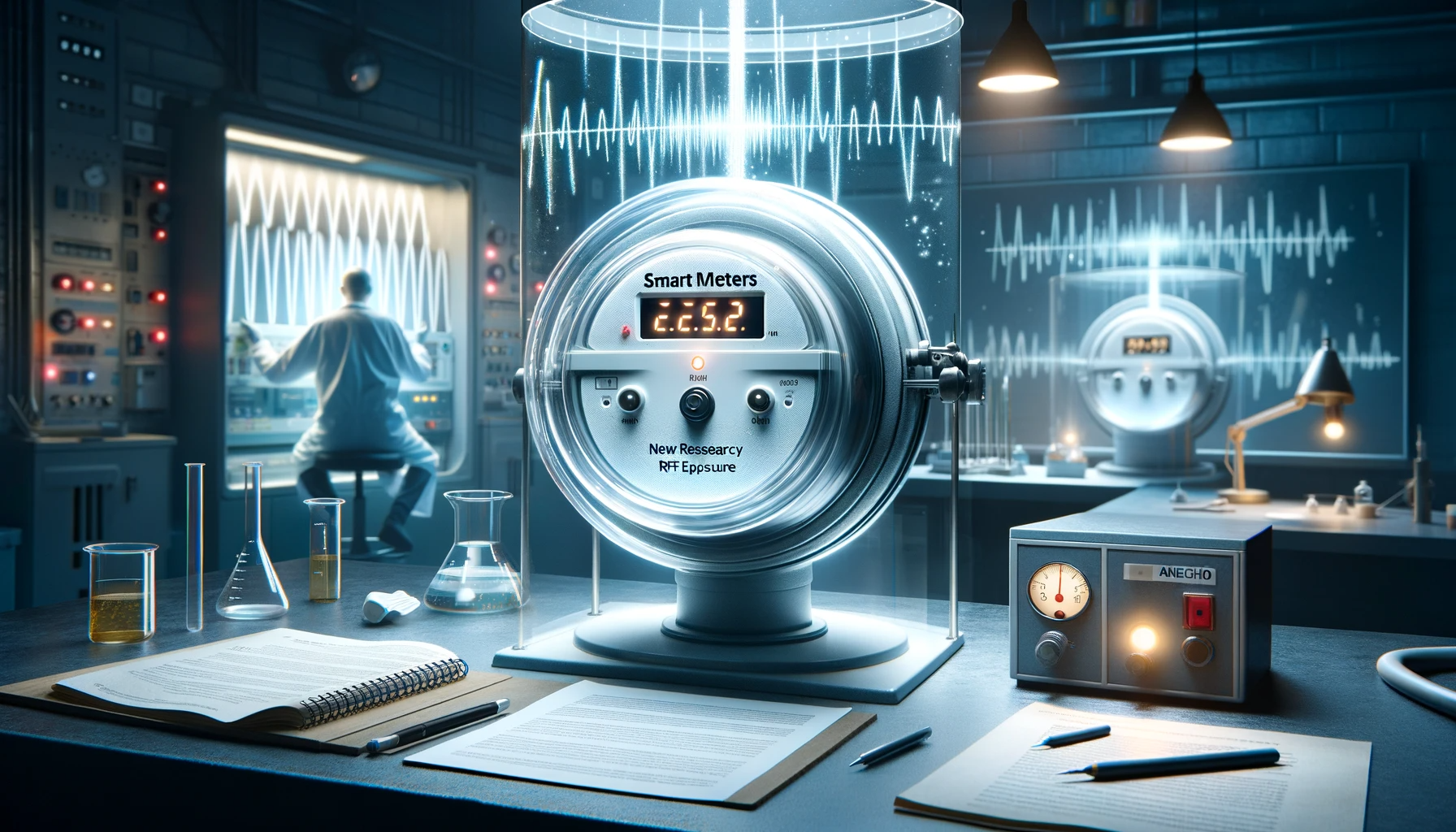This study aimed to evaluate the exposure to radiofrequency electromagnetic fields from smart utility meters operating at 868 MHz under laboratory-controlled conditions. The maximum 6-min averaged exposure recorded was 0.1 mWm-2, which is less than 0.0024% of the corresponding 1998 ICNIRP general public reference level. The measured duty factors were less than 2.8%. The study found that the exposure contribution from Zigbee smart meter devices operating at 868 MHz is generally lower than, if not similar to, those operating at 2.4 GHz.
Smart meters provide utility companies with energy consumption data and help consumers understand and optimize their energy use. In the UK, HAN transmissions use Zigbee, a communication protocol that uses low-power radiofrequency (RF) electromagnetic fields (EMF) signals. Smart meter HAN communications operate at a frequency of 2.4 GHz in approximately 70% of GB premises, but an additional HAN solution using 868 MHz is specified for premises where the 2.4 GHz solution does not work due to signal path loss and attenuation (in approximately 25% of premises).
The study involved measuring power density and duty factor values around smart utility meters in an anechoic chamber. The transmission periodicity of the devices is roughly every 15 seconds, except for the gas meter (GM), which is usually configured to transmit every 30 minutes. The power density measurements were made in the active Zigbee channel at distances of 0.6 and 1.1 meters from the front of each of the smart meter devices.
This study assessed the power density and duty factor values of nine smart meter devices (three CHs, three IHDs, and three GMs) operating at 868 MHz. The maximum 6-min average RMS power density for smart meters operating at 868 MHz was found to be 0.10 mWm−2, which is 0.002% of the ICNIRP general public reference level (4.34 Wm−2 at 868 MHz, for 6-min RMS average). For comparison, the power density value at 2.4 GHz was found to be 0.26 mWm−2, which is less than 0.003% of the ICNIRP GP reference level at this frequency (10 Wm−2).
The maximum peak power density value at 868 MHz was found to be 3.9 mWm−2, which is less than 0.0001% of the ICNIRP GP reference level (4340 Wm−2, for burst peaks), compared to 55.4 mWm−2 at 2.4 GHz, which is 0.0055% of the ICNIRP GP reference level (10,000 Wm−2 for burst peaks).
The study found that the maximum duty factors from smart meter devices operating at 868 MHz were higher than that of smart meter devices operating at 2.4 GHz (1.2% maximum across 56 devices). However, this is still much lower than the duty factor reported for a WLAN Access Point, with a value of 12% and average of 5%.
In conclusion, the exposure contributions from 868 MHz smart meter devices were found to be generally lower than, if not similar to, that from 2.4 GHz smart meter devices, and at least four orders of magnitude lower than the 1998 ICNIRP GP reference level, at 0.6 m distance.
Evaluation of Exposure to Radiofrequency Electromagnetic Fields from Smart Utility Meters operating at 868 MHz
Conflicts of interest: The author declares that there are no conflicts of interest.








